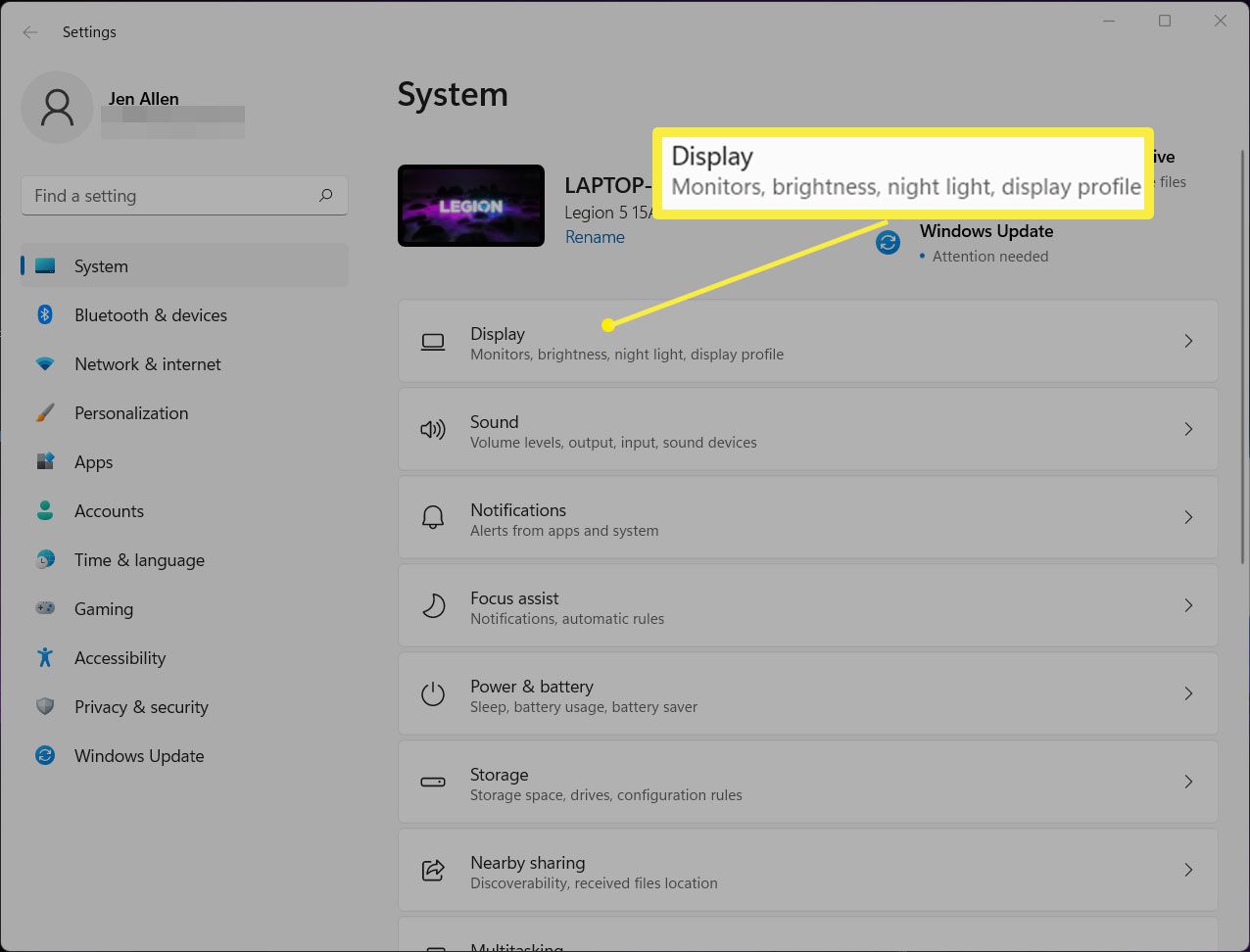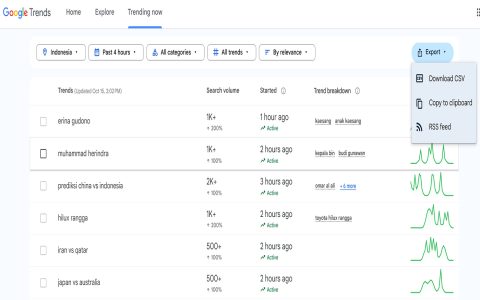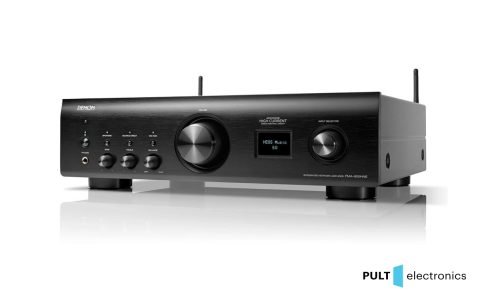Monitoring VRAM (Video RAM) is crucial for gamers, creators, and anyone running graphics-intensive applications. Low VRAM can cause severe performance issues like stuttering, low frame rates, or crashes. Here are the most effective methods:
Using Windows Task Manager
This built-in tool provides a quick snapshot:
- Press Ctrl + Shift + Esc to launch Task Manager.
- Navigate to the Performance tab.
- Select GPU from the left-hand menu.
- Look for Dedicated GPU Memory Usage and Shared GPU Memory Usage. The dedicated value shows VRAM directly on the GPU, while shared reflects system RAM used by the GPU.
Note: Task Manager's refresh rate might be too slow for real-time monitoring during gameplay.

Employing Performance Monitoring Tools
These offer more detail and real-time overlays:
- MSI Afterburner (with RivaTuner Statistics Server):
- Install both applications.
- Open MSI Afterburner settings and go to the Monitoring tab.
- Scroll to GPU memory usage (or similar phrasing like "Dedicated Memory Usage").
- Click the checkmark next to it, then select Show in On-Screen Display.
- Configure the overlay hotkey and position via RivaTuner Statistics Server.
- HWiNFO64:
- Launch HWiNFO64 in "Sensors-only" mode.
- Find your GPU section (e.g., NVIDIA GeForce RTX XXXX or AMD Radeon RX XXXX).
- Look for sensor entries like GPU Memory Used, Dedicated GPU Memory Usage, or VRAM Usage.
- Double-click the sensor and enable Show in Tray or Log to File for ongoing tracking.
Interpreting VRAM Usage
- Normal Range: VRAM usage fluctuates significantly based on the application. Modern games at high settings can easily utilize 8GB+.
- Potential Issues: Consistent usage at or near your GPU's total available VRAM (e.g., 7.9/8.0 GB) indicates a bottleneck. This forces data swapping to slower system RAM, causing severe stutters, texture pop-in, or crashes.
- Shared Memory: High "Shared GPU Memory" usage signals heavy reliance on system RAM, also impacting performance.
Best Practice: For diagnosing performance problems, launch your demanding application/game and actively monitor VRAM usage using MSI Afterburner's overlay or HWiNFO logging. Compare usage against your GPU's total VRAM capacity.







